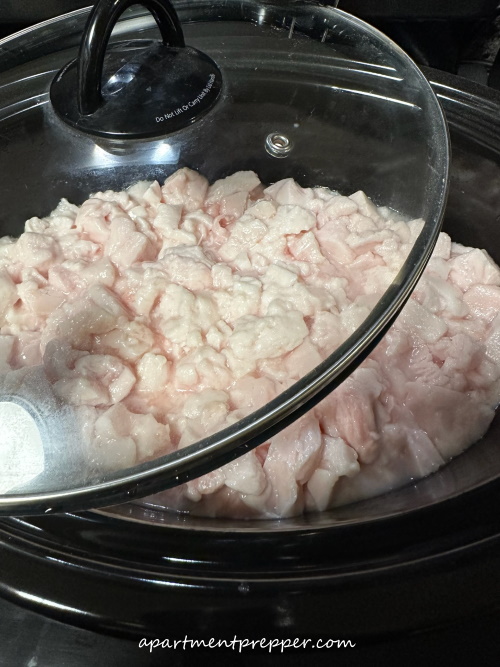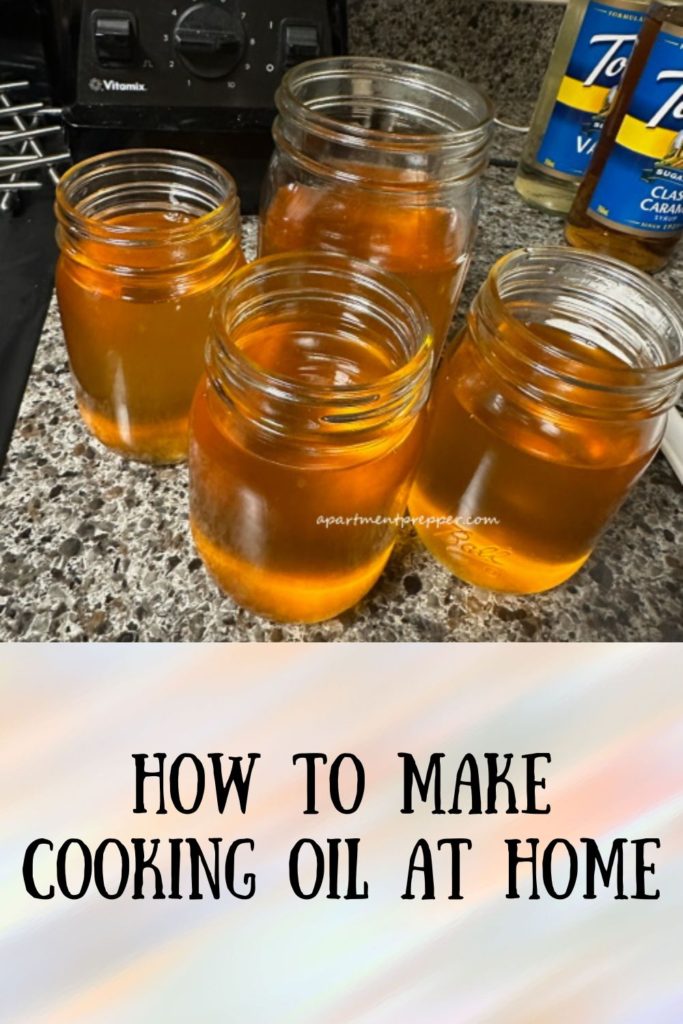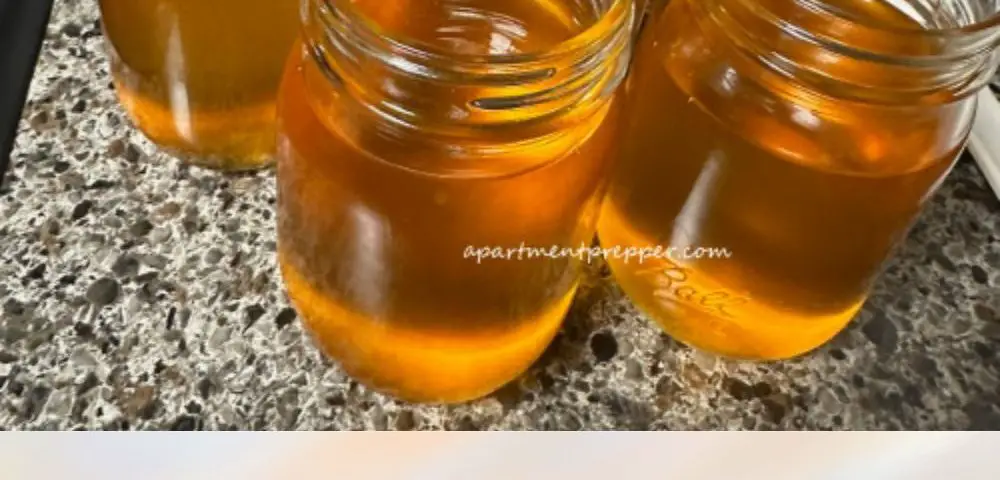Written by Bernie Carr
With food prices rising rapidly, a lot of home cooks are developing their DIY skills. One project you can try is making your own cooking oil at home. It won’t be the same as vegetable oil you purchase, instead, make your own lard.
What is lard?
Lard is fat that has been rendered from pork. It used to have a bad reputation as an artery clogging fat, but recent studies have shown it can be a healthy choice in moderate amounts.
Saturated fat makes up only about 40% of the fat in lard and actually isn’t as bad for your health as doctors used to think. In fact, many experts now argue that eating saturated fat is good for overall health. Recent studies have found that eating more saturated fat doesn’t increase the risk of heart disease at all, while some studies show it can raise good HDL cholesterol and lower the risk of heart disease when combined with a low-carb or low-sugar diet.
SOURCE: Prevention.com
Lard is also a lot more shelf stable than vegetable oils, it won’t go rancid as quickly. Also, you can cook with higher temperatures using lard, as it has a higher smoke point that other types of oils.
How to make lard in your apartment kitchen
It’s easy.
You will need:
10 lbs of pork fat (available in the butcher’s section of your grocery store)
Slow cooker
1/4 cup water
4-5 Mason jars with lids
coffee filters (or cheesecloth)
Directions:

- Cut the pork fat into small cubes.
- Add 1/4 cup water to the slow cooker.
- Place the cubed fat in your slow cooker on the low setting for 12 hours. It may take longer if it is cold in your kitchen.
- After around two hours, stir the cubes.
- After 12 hours, you will see that the fat has liquefied. Turn off the heat and allow the oil to cool.
- Fold the coffee filters or cheesecloth over the sides of the Mason jars.
- Carefully pour the lard into the jars. The oil is usable at this point.
- Cover the jars and let them stand at room temperature. Refrigerate the lard when fully cooled.
That’s it!


Storage
The shelf life of lard depends on the method of storage. Any exposure to the enemies of food storage – light, heat and oxygen, can cause stored oils and fats to spoil. Generally, lard (filtered, as described above) will keep at room temperature for about six months. Place the lard in the refrigerator so it can last up to a year. If you want to store it longer, transfer the lard to freezer safe containers and store in the freezer for up to two years. Of course when you open the stored lard, use your senses to check the condition. If it looks, smells or tastes “off” then it may have gone rancid you’re better off tossing it.
If you found this article interesting or helpful, please consider helping us out (without costing you anything)! We are an affiliate of Amazon.com, which means we received a small commission if you click through one of our Amazon links when you shop, at totally no cost to you. This helps keep the lights on at the blog. Thanks!
About the author
Bernie Carr is the founder of Apartment Prepper. She has written several books including the best-selling Prepper’s Pocket Guide, Jake and Miller’s Big Adventure, The Penny-Pinching Prepper and How to Prepare for Most Emergencies on a $50 a Month Budget. Bernie’s latest e-book, FRUGAL DIY has just been released on Amazon. Her work appears in sites such as the Allstate Blog and Clark.com, as well as print magazines such as Backwoods Survival Guide and Prepper Survival Guide. She has been featured in national publications such as Fox Business and Popular Mechanics. Learn more about Bernie here.
FB: https://www.facebook.com/apartmentprepper
Instagram: https://www.instagram.com/apartmentpreppers/
Twitter: https://twitter.com/AptPrepper
YouTube: https://www.youtube.com/channel/UC7vOtdbo-wiBeBxD6puCr1Q
Pinterest: https://www.pinterest.com/aptprepper/
Photos by M. Clarke



Thanks for this article. I often saw my grandmother putting away lard in batches which she used throughout the year. I’ll have to try this.